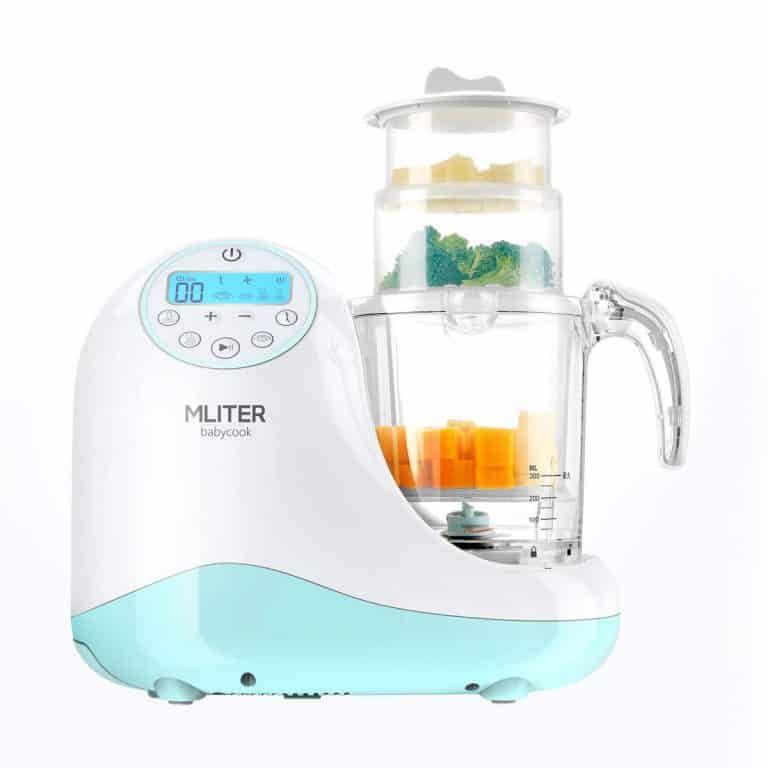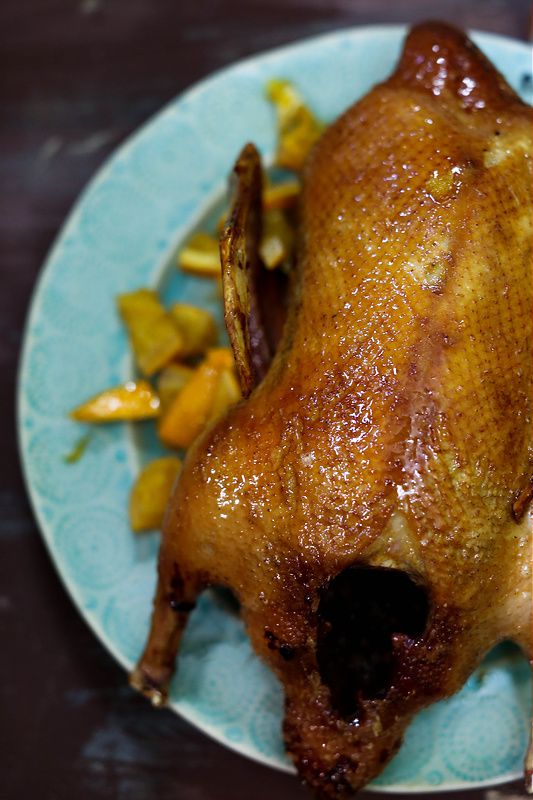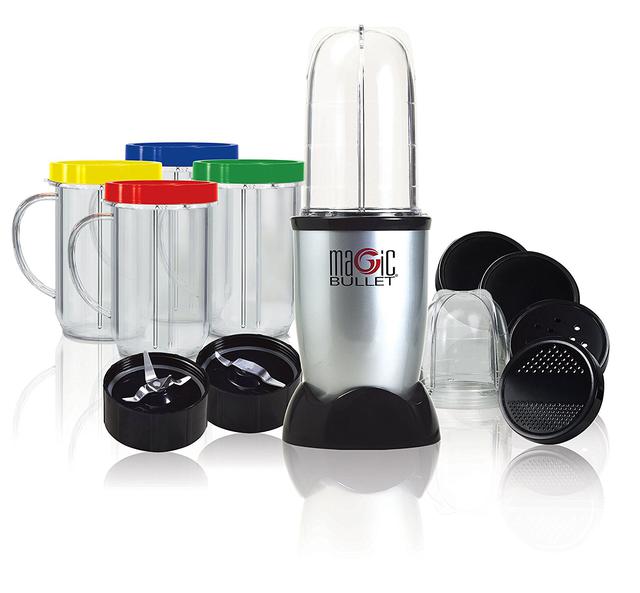Whole foods baby food products
Organic Baby & Toddler Meals at Whole Foods Market
Now Available at Whole Foods Market
Organic Plant-Rich Meals for Babies
Finger-friendly, nutrition-packed meals for babies and toddlers—ready in minutes. The new way for you (busy parents!) to feed your growing eaters.
Now Available at Whole Foods Market
Find our freshly-frozen baby meals in the frozen aisle nationwide at Whole Foods and in select Target locations. Choose from the following nutrient-packed medleys:
✔Quinoa, Banana, Spinach & Coconut Butter with Chia Seed
✔Mango, Carrot, Navy Bean & Coconut Butter with Turmeric
✔Sweet Potato, Mango & Coconut Milk with Chia Seed and Lucuma
✔ Broccoli, Pea & Navy Bean with Olive Oil & Mint
✔Black Bean, Red Pepper, Sweet Potato & Cilantro with Avocado Oil & Cumin
FIND IN STORE
Nutritionist-Recommended
for Self-Feeding & Development
When babies explore food, they see, smell, and experience textures at their own pace. Letting them lead can decrease “picky eating” and help shape their long term relationship with food.
Benefits of Self-Feeding:
✔ Improved dexterity
✔ Motor-skill building
✔ Improved self-regulation
Find in a Store
Near You!
Find our organic baby meals at your local
Whole Foods Market and in select Target locations
in the frozen aisle near frozen entrées.
FIND IN STORE
Convenience without Compromise
Designed to save you time without sacrificing nutrition or quality, our meals are prepared in minutes. Keep in the freezer until you're ready to cook, then blend, mash, or serve as finger food!
Purée, Mash, or Serve as Finger Food
You can cook our meals in 12 minutes or less. Then, plate them however your little one is eating these days. You control the softness, texture and consistency. Your little one can take the wheel from there.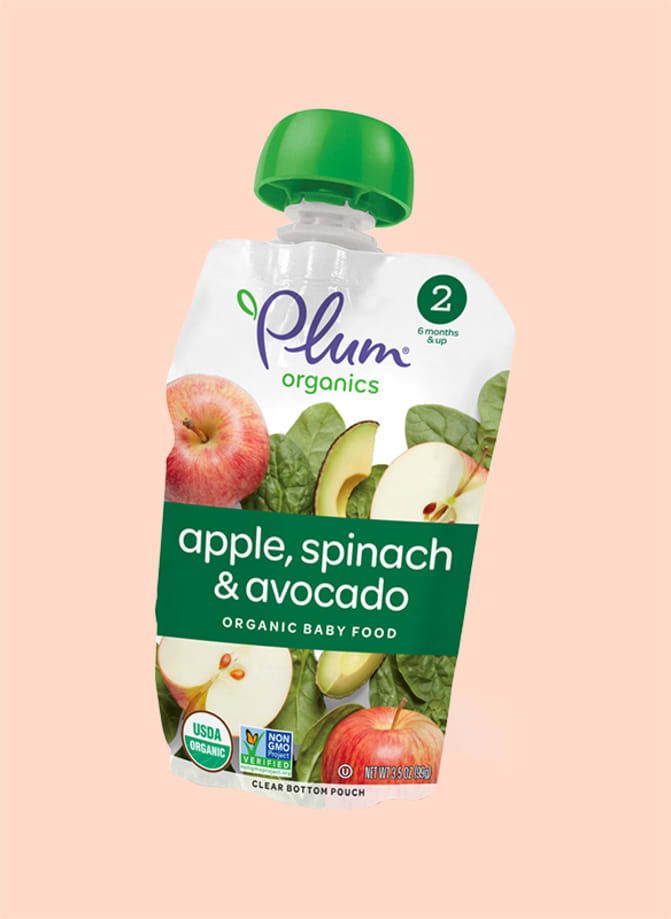
FIND IN STORE
-
The meals should be frozen at all times. Do not use any packet that is thawed. If your order arrived thawed, please contact us and we'll be happy to send a replacement.
-
The current meals and oats are recommended for ages 6+ months. It's up to each parent and their pediatrician on what's right for your little one.
-
The expiration dates are 12 months from the date of production. The date can be found on top right back of the pouch near the rip.
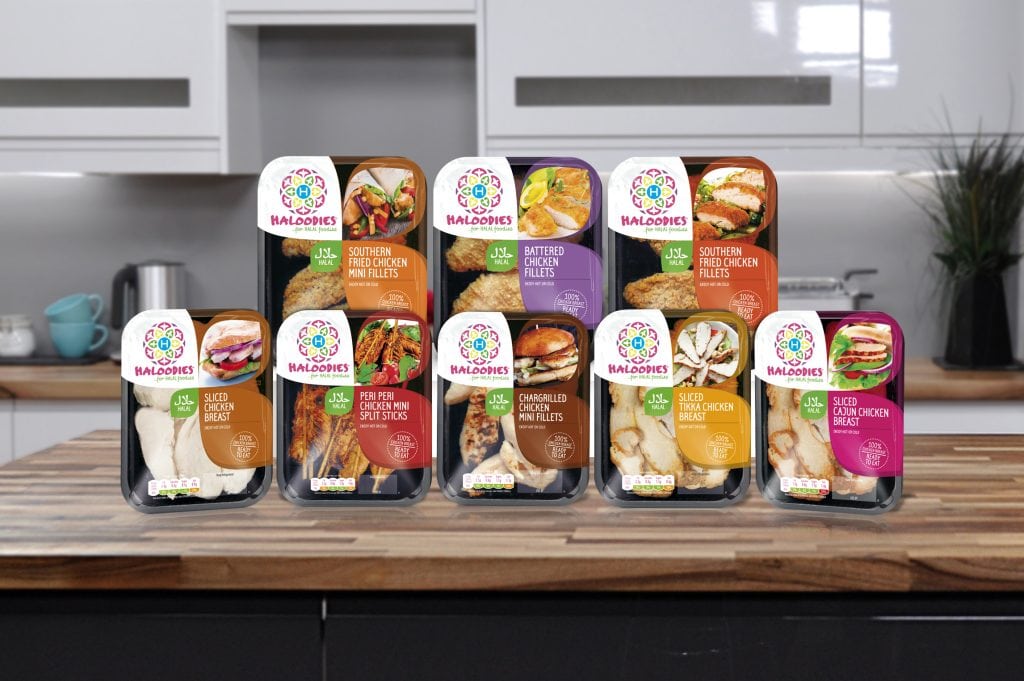
-
No, all meals must be fully cooked prior to consumption. Please follow the cooking instructions on the package. Our meals are ready to cook, not ready to eat and must not be eaten uncooked.
-
Once cooked, you can refrigerate the leftovers but cannot re-freeze again.
10 Whole Foods Foods to Buy for Baby-Led Weaning — Fortified Family
10 Whole Foods Foods to Buy for Baby-Led WeaningKatie Ferraro
Disclaimer: This is not a sponsored post. I have not received any financial compensation from the brands or companies featured in the post for their inclusion. I am an affiliate for some of these brands and there are affiliate links included in this post.
I have not received any financial compensation from the brands or companies featured in the post for their inclusion. I am an affiliate for some of these brands and there are affiliate links included in this post.
Whole paycheck jokes aside, Whole Foods is a great place to get some baby-led weaning basics. Of course there are tons of different types of BLW-friendly foods available at all stores...but I want to share some unique finds at Whole Foods that work great for baby-led weaning.
This post is part of a series featuring different types of stores that feature foods you may not have thought to feed your baby. For the other blog posts about BLW foods you can purchase from different stores, be sure to see:
10 Trader Joe’s Foods to Buy for Baby-Led Weaning
10 Costco Foods to Buy for Baby-Led Weaning
10 Sprouts Farmers Market Foods to Buy for Baby-Led Weaning
10 Wal-Mart Foods to Buy for Baby-Led Weaning
Now this is certainly not an exhaustive list, but here are 10 Whole Foods Foods to buy for baby-led weaning.
1. Applesauce
When you’re feeding your baby, you don’t need to fear fruit! Some people mistakenly think offering baby fruit before vegetables will cause baby to have an affinity for fruit. Sounds plausible, but it’s just not true. And there is no data or research to support this notion about fruit before vegetables are bad.
In fact, I recorded a whole BABY-LED WEANING MADE EASY podcast episode called “Will Offering Fruit Before Vegetables Make Your Baby Crave Sweet Foods” and you can listen to that.
Apples are a huge choking risk for babies and toddlers and babies should never be offered raw, crunchy or crispy apples. You can make peeled, soft, cooked apple slices that babies can scoop up and self-feed.
But unsweetened applesauce works for apple introduction too. You can offer applesauce on a preloaded spoon, adding the applesauce to the spoon, handing the spoon to your baby & then gently guiding hand to mouth if needed before the baby gets the hang of things.
When buying applesauce make sure it’s unsweetened. The jar you’re buying may not say “unsweetened” but the absence of sugar in the ingredient list is what you’re looking for which means it is unsweetened. Your ingredients in the ingredient list should be just apples (...but sometimes you’ll see vitamin C or ascorbic acid which is fine too, that’s just to prevent browning.)
If you decide you want to skip purees altogether, you might consider going for soft-cooked apple slices for baby-led weaning. One of my favorite BLW recipes is for Cinnamon Cooked Apples and it’s included inside of my QUICK-START GUIDE TO BABY-LED WEANING.
The QUICK-START GUIDE TO BABY-LED WEANING is a 16-page e-book jam-packed with everything you need to get a safe start to solid foods. You can get your guide (with a few of my favorite BLW recipes in it too).
DOWNLOAD THE QUICK-START GUIDE TO BABY-LED WEANING
2.
 Pumpkin Puree
Pumpkin PureeDon’t look past pumpkin when you’re doing baby-led weaning! Fresh pumpkin may be a seasonal food in some parts of the world, but canned pumpkin puree is always in season when starting solid foods!
Canned pumpkin is gold as far as nutrition and a new taste goes in BLW.
Just be sure you’re not buying pumpkin pie puree; that has added sugar and we want to avoid added sugar for babies. Canned pumpkin puree is what you want and the only ingredient should be pumpkin.
Once you have some canned pumpkin in the house, you might be wondering what else you can do with it? I have a free download with 5 PUMPKIN RECIPES FOR BABY-LED WEANING (...and I also show you how to make pumpkin squash safely for babies, if you’re up for that!). Click for the free pumpkin download.
DOWNLOAD 5 FREE PUMPKIN RECIPES FOR BABY-LED WEANING
3. Crinkle Cut Fries, No Added Salt
If you’re following my 5-STEP FEEDING FRAMEWORK for introducing solids using baby-led weaning, each week you introduce 5 new foods to your baby:
1 new fruit
1 new vegetable
1 new starch
1 new protein
1 new challenge category food
When it comes to the starchy foods (that’s the Wednesday / day 3 food), many parents encounter problems. Beyond bread or pasta, they’re not sure what kind of carb foods babies can eat.
Beyond bread or pasta, they’re not sure what kind of carb foods babies can eat.
Potatoes are a good option for baby-led weaning. Babies can safely eat potatoes. They’re packed with potassium and carbohydrate that helps fuel your baby’s growing body.
But dry potato products (like all dry foods) can be a potential choking hazard. And lots of frozen potato products have too much added salt.
I love these No Added Salt Crinkle Cut Fries that you can find in the frozen food aisle at Whole Foods. They’re perfect for baby-led weaning because they’re the perfect shape and size for your baby to pick up and self-feed.
To add moisture I like to douse these fries in avocado oil just before they’re done baking. We don’t want crunchy foods for BLW (again, a choking hazard) and added fat is beneficial for your baby’s still developing brain.
I love avocado oil for baby-led weaning. It has a high smoke point (so you can fry foods safely), a mild flavor profile that doesn’t interfere with the flavor of the new food your baby is trying and it has a healthy fatty acid profile with almost entirely unsaturated fats.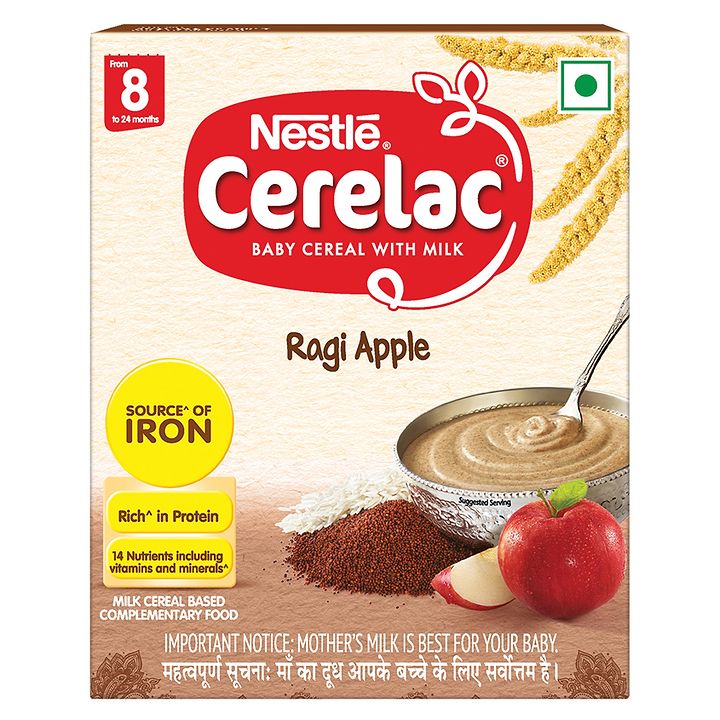
The brand of avocado oil I use is from Primal Kitchen. I buy the 750 ml bottle size of avocado oil because I end up using it so much. You can get 10% off Primal Kitchen’s avocado oil (and they have some awesome low sodium sauces that are great for BLW too) using the code FERRARO10 (this is my affiliate code).
Click to shop the Primal Kitchen avocado oil.
SHOP PRIMAL KITCHEN AVOCADO OIL - 10% OFF CODE FERRARO10
4. Naked Rotisserie Chicken
Hands down the best thing going for baby-led weaning at Whole Foods is their Naked Rotisserie Chicken.
Everyone knows animal foods like chicken are a good source of iron...and babies need to have iron early on and often throughout the weaning process.
If you’re not inclined to cooking chicken from scratch, rotisserie chickens are usually out because they have too much sodium.
But the Whole Foods Naked Rotisserie Chicken is magic: because they made it for you.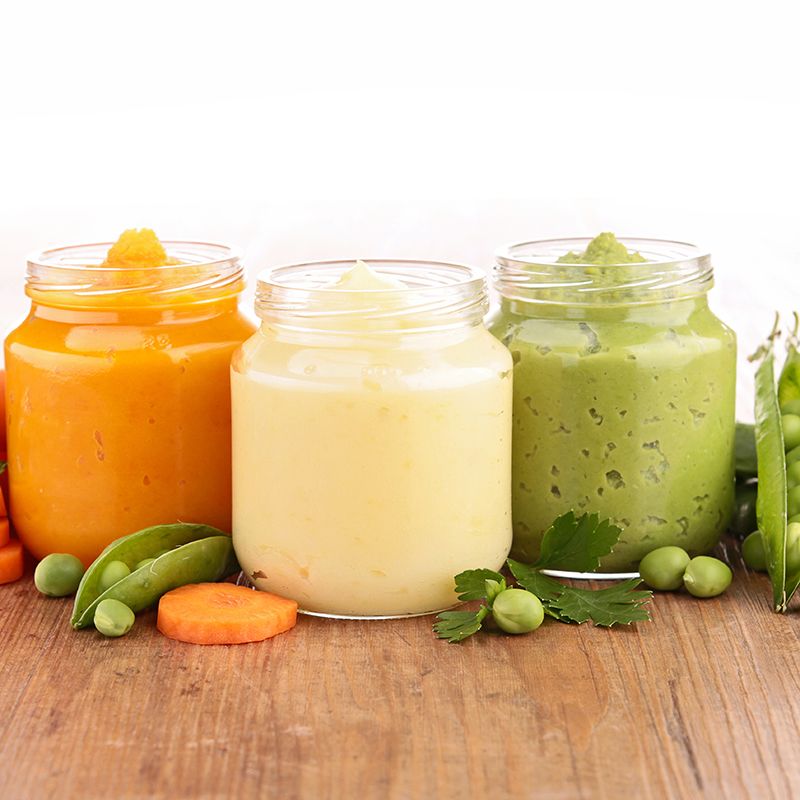 ..just without any added salt.
..just without any added salt.
Now sometimes you have to dig around in the rotisserie chicken heated shelf to find them, but the Nakeds are usually there, and they’re a great bet for BLW.
When offering your baby the chicken, be sure to remove any skin and bone. I don’t feed babies chicken breast because of the choking hazard with dry meats; but opt for the dark meat such as legs, wings and thighs, and you’ll be surprised how much your baby will love this new food!
5. Whole Milk Ricotta Cheese
In my 5-STEP FEEDING FRAMEWORK for baby-led weaning, on Day 5 each week we always do a new CHALLENGE category food.
The CHALLENGE foods include the Big 8 allergenic foods (plus sesame) as well as the trickier texture and harder-to-feed flavors babies don’t always get the chance to - but certainly can - eat.
Starting in week 1 of baby-led weaning I introduce 1 new allergenic food per week. I like to start with the 3 most common pediatric food allergies: dairy, egg and peanut.
For dairy, whole milk full fat yogurt is a good bet, but so is whole milk ricotta cheese. Most cheese has too much sodium for BLW, but ricotta is surprisingly low in salt. As a soft cheese it makes a great dipper or topper for dry bread products like pancakes which could otherwise be a choking hazard.
For more information on giving your baby a safe start to solid foods using my 5-STEP FEEDING FRAMEWORK for baby-led weaning, come check out my free workshop, “BABY-LED WEANING FOR BEGINNERS: How to get your baby to try 100 foods before turning 1 without you having to spoon-feed purees or buy pouches!”
REGISTER FOR FREE WORKSHOP: BLW FOR BEGINNERS HERE
Everyone on this free workshop gets a copy of my 100 FIRST FOODS LIST...so you’ll never wonder what foods to feed your baby next! You can sign up for this week’s workshop times here.
6. Weetabix
Not a lot of cereals make the cut for baby-led weaning. They either have too much added sugar, too much salt or the pieces are too small for early eaters to pick up and self-feed.
They either have too much added sugar, too much salt or the pieces are too small for early eaters to pick up and self-feed.
But Brits know about Weetabix - their beloved British breakfast cereal, and it’s surprisingly good for baby-led weaning.
Now there is a small amount of salt in Weetabix (1 biscuit = 65 mg sodium)...but my general rule of thumb is I try to stick to less than 100 mg sodium per serving of a packaged food I’m going to feed to the baby.
Obviously, most of the foods we feed are NOT packaged foods and babies don’t eat the same size as posted adult portion sizes. So 100 mg sodium per serving is a good rule of thumb.
For Weetabix you HAVE to soften the crunchy cereal biscuit up with milk or breastmilk or formula because dry foods are a choking hazard. It’s ok to use whole milk in cooking or ingredients for baby-led weaning, we just don’t substitute fluid cow’s milk in place of breastmilk and/or formula until age 1.
7. Tri-color carrots
Fruits and vegetables are important foods for babies to eat. ..they’re just not ALL your baby can eat. And when doing fruits & vegetables, you want to feed babies the individual foods that are soft, cooked and cut into stick and spear shapes about the size of your adult pinky finger.
..they’re just not ALL your baby can eat. And when doing fruits & vegetables, you want to feed babies the individual foods that are soft, cooked and cut into stick and spear shapes about the size of your adult pinky finger.
There are no shortage of fruit and vegetable options that work for baby-led weaning, but I particularly love when you can find multi-colored options of a piece of produce: like carrots.
Roasting carrots is a great way to bring out their flavor. And don’t be shy about seasoning these cooked carrots either. We want to avoid added salt, added sugar and any spices that might be painfully hot in your baby’s mouth. But other than that, all spices are fair game.
For seasoning roasted vegetables, I particularly like the salt-free seasoning options available from The Spice House. The Spice House has been offering up amazing, unique spice blends since 1957 and their salt-free options are so great for seasoning baby’s food without salt.
The Spice House seriously has high quality versions of every seasoning option under the sun at thespicehouse. com - but my personal favorite for BLW is the Salt-Free Spices Deluxe Gift Box Set. These salt-free seasoning mixes set contain 8 jars of amazing flavor that will blow your baby’s taste buds! Click to shop and get 10% off orders $25+ with code KATIE10.
com - but my personal favorite for BLW is the Salt-Free Spices Deluxe Gift Box Set. These salt-free seasoning mixes set contain 8 jars of amazing flavor that will blow your baby’s taste buds! Click to shop and get 10% off orders $25+ with code KATIE10.
SHOP THE SALT-FREE SPICE HOUSE GIFT SET - CODE KATIE10
8. Ezekiel bread
Bread is not among the foods I feed to babies early on in baby-led weaning. Bread is not good for babies because it contains too much salt and the gummy nature of a starchy food like this means it can easily ball up, get lodged on the roof of your baby’s mouth and pose a choking hazard.
There are LOTS of other ways to safely feed your baby starchy, carbohydrate foods. (My 100 FIRST FOODS LIST has 20 grain foods in the starchy category for starters!)
But when you DO feel comfortable doing bread for babies (...and for me that’s after baby has mastered a lot of individual foods, been self-feeding for a few months and also has had multiple introductions to the potentially allergenic food wheat without reaction) - if you do do bread, I like the brand Ezekiel bread.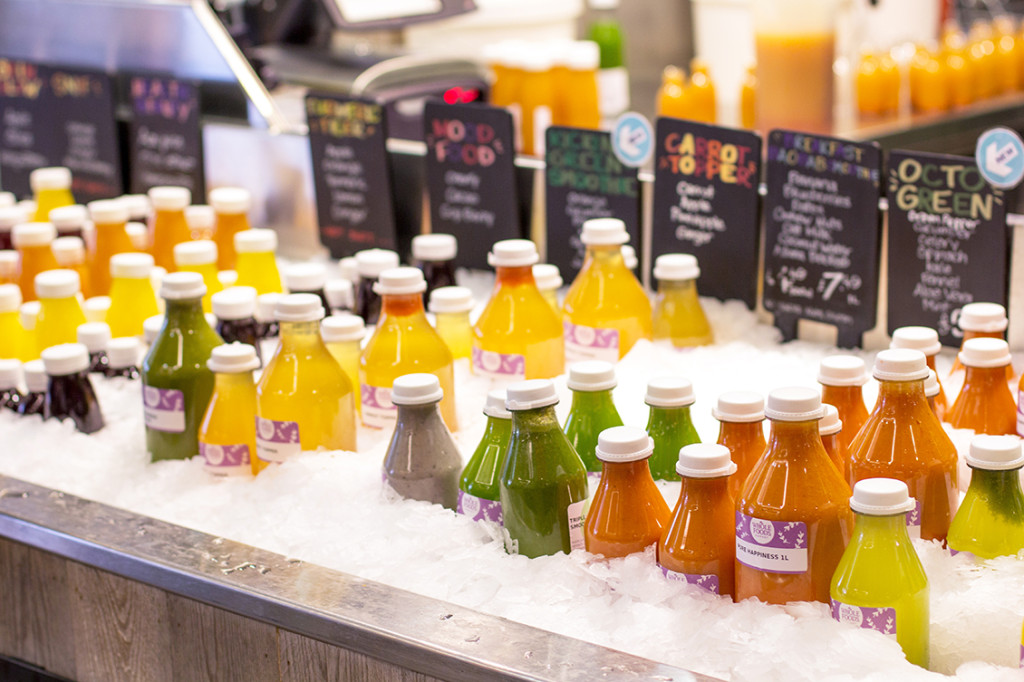
Ezekiel makes a variety of low sodium breads. If they’re not in your bakry aisle you can usually find Ezekiel in the frozen foods aisle. It’s one of the few frozen breads most mainstream grocers in North America carry.
But beware of this about Ezekiel: one thing salt does for bread is it helps retain moisture. Without salt, the Ezekiel breads tend to be REALLY dry. And dry breads can pose a choking hazard; so be sure to moisten up your Ezekiel bread for babies with a dipper or a topper. I like ricotta as a low sodium option, but any low sodium sauce or thinned out topper you have would work well too!
And don’t freak out about buying your baby foods to eat from the frozen foods aisle.
There are actually quite a lot of frozen foods that work well for baby-led weaning. Here is another shopping-style episode from the BABY-LED WEANING MADE EASY podcast called “Freezer Aisle Finds for Baby-Led Weaning”.
9.
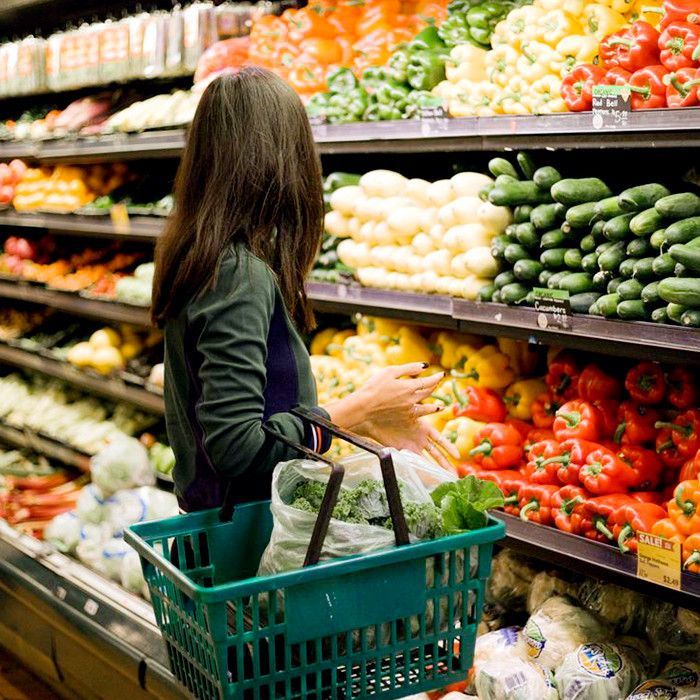 Kidney Beans
Kidney BeansI don’t love small foods like kidney beans until the baby has developed the pincer grasp. That usually happens by 8 or 9 months, so kidney beans don’t work for early eaters at 6 or 7 months.
But when your baby is ready to try kidney beans, or any low sodium canned beans for that matter - Whole Foods tends to have a large selection of no salt added canned beans.
And if you don’t trust that canned foods are ok for baby-led weaning, please do listen to this BABY-LED WEANING MADE EASY podcast episode I recorded called “Canned Foods that CAN Work for Baby-Led Weaning”.
And want more ideas of canned foods plus other pantry staples you can use to stock your BLW kitchen?
I have a free BLW PANTRY PLANNER download with TONS of info about good foods to keep on hand when trying out all of these new foods with your baby.
You can download the BLW PANTRY PLANNER.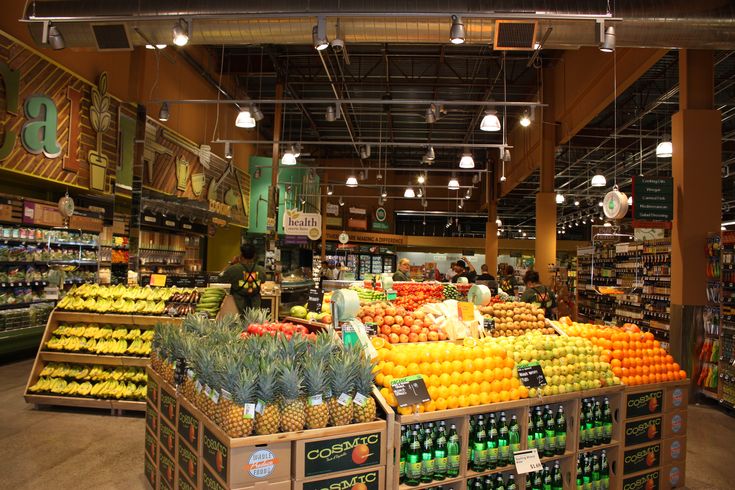
10. Sunflower Seed Butter
We can’t feed babies thick globs of nut or seed butters. The sticky foods like that can easily become lodged on the roof of the baby’s mouth or occlude the airway and they present a choking risk.
But you CAN thin out nut and seed butters with formula, breastmilk, yogurt or unsweetened applesauce. I like to get it to a consistency where it drips off the spoon to be safe for earlier eaters to swallow. And if you’re doing yogurt keep in mind that it contains the potentially allergenic food milk, so it is important to try yogurt on its own a few times without reaction before offering in a combination food mixture like this.
The Sunflower Seed Butter from Whole Foods is a good BLW bet because it does not contain any added sugar or sodium.
More BLW Grocery Shopping Goodness
If you can’t get enough of this info on what to buy or not to buy when you’re grocery shopping for baby-led weaning, I have a BABY-LED WEANING MADE EASY podcast I recorded just for you!
It’s called “Grocery Shopping for BLW: Stocking Up Smart & What to Skip” and you can listen to that episode here.
REGISTER FOR FREE WORKSHOP: BLW FOR BEGINNERS HERE
Everyone on this free workshop gets a copy of my 100 FIRST FOODS LIST...so you’ll never wonder what foods to feed your baby next! You can sign up for this week’s workshop times.
Thanks for stopping by and happy feeding...but happy grocery shopping too!
0 LikesKatie Ferraro
Leave a comment
Katie Ferraro
@babyledweanteam
View posts by category
YOU MAY ALSO LIKE
10 Wal-Mart Foods to Buy for Baby-Led Weaning
10 Sprouts Farmers Market Foods to Buy for Baby-Led Weaning
Characteristics of the main types of baby food
Category: Baby food
(in accordance with Appendix 15 to SanPiN 2. 3.2.1078-01 "Hygienic requirements for the safety and nutritional value of food products")
3.2.1078-01 "Hygienic requirements for the safety and nutritional value of food products")
1. Milk based baby food
These products include, first of all, "women's milk substitutes" intended for mixed and artificial feeding of children. "Women's milk substitute" is a high-quality product made mainly on the basis of cow's milk, as well as on the basis of soy proteins, etc., as close as possible in composition to women's milk and thus adapted to the peculiarities of metabolism, functional state and immunoreactivity of the first year of life.
2 versions of adapted milk mixtures have been developed:
1. For children from 0 to 3 months;
2. For children from 3 to 12 months.
At the same time, partially adapted formulas can also be used in the nutrition of children, including domestic and foreign mixtures of previous generations, as well as mixtures for children in the second half of life (the so-called "following formulas").
Based on the recommended composition, mixtures can be developed:
1. Dry;
Dry;
2. Liquid;
3. Fresh;
4. Sour-milk.
Bifidus and lactobacilli, acidophilus bacillus, etc. are used as starter cultures for fermented milk mixtures. The acidity of adapted fermented milk mixtures does not exceed 70 degrees.
Along with indicators of nutritional value, safety indicators are of utmost importance for "replacers of human milk".
For the production of adapted formulas, cow's milk must be used, as well as other components specifically designed for the production of baby food.
Another group of milk-based baby food products are liquid and pasty dairy products made from whole cow's milk: milk, fermented milk products, cottage cheese.
These products are used in the nutrition of a child of the first year of life as complementary foods, as well as children from one to 3 years of age. When characterizing the nutritional value of these products, special attention is paid to the standardization of their protein and fat content.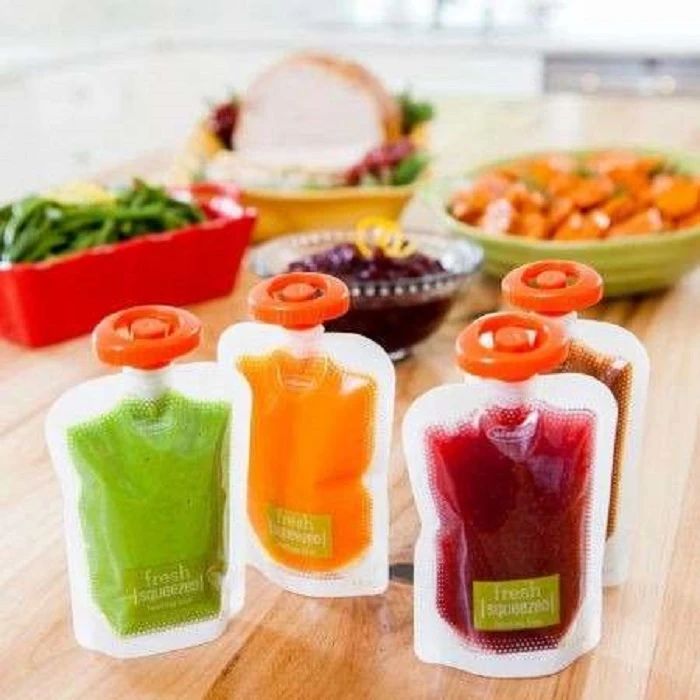 The acidity of liquid fermented milk products does not exceed 70-100 degrees, and pasty - 150 degrees.
The acidity of liquid fermented milk products does not exceed 70-100 degrees, and pasty - 150 degrees.
2. Grain based complementary foods
These products include flour (from various cereals) for baby food, dry milk porridge, as well as specialized instant cookies and pasta for baby food.
The cereal component is introduced into the diet of a child of the first year of life from 4.5-5 months as an additional source of energy, as well as new carbohydrates (starch, dietary fiber), vegetable protein, some vitamins and mineral salts. In accordance with international recommendations, complementary cereal products (flour and dry cereals) should be enriched with calcium, iron and essential vitamins.
The most modern form of production of these products are instant (instant) flour and dry cereals, for the preparation of ready meals (milk cereals) from which cooking is not required. This group of products, presented in a separate section, is characterized by significantly more stringent requirements for microbiological standards than cereals that require cooking.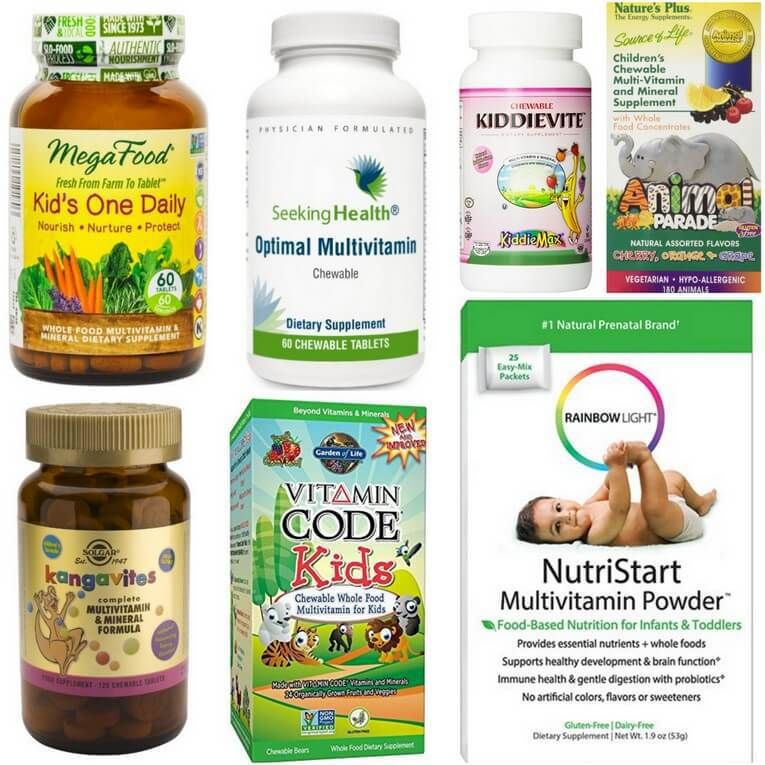
The safety of complementary foods based on grain and grain milk is determined mainly by the safety of the main feedstock - cereals and flour, as well as milk. For the production of grain-based baby food, cereals and flour are used, specially designed for feeding young children. Sugar, dextrinmaltose, honey, vegetable oils, natural flavors (vanillin, dry fruit and vegetable powders) can also be added to their composition.
3. Complementary foods based on fruits and vegetables
These include: canned fruit, berry, vegetable and mixed juices and purees. These products are used as complementary foods (usually the first) starting from 3-4 months of life. The nutritional value of these products is determined by the content of easily digestible carbohydrates, mineral salts (potassium, iron), vitamins (C, P, bioflavonoids, -carotene), dietary fiber.
An important indicator is also the total acidity, which should not exceed 0.8%, and the degree of grinding of canned food (homogenized, finely ground, coarsely ground).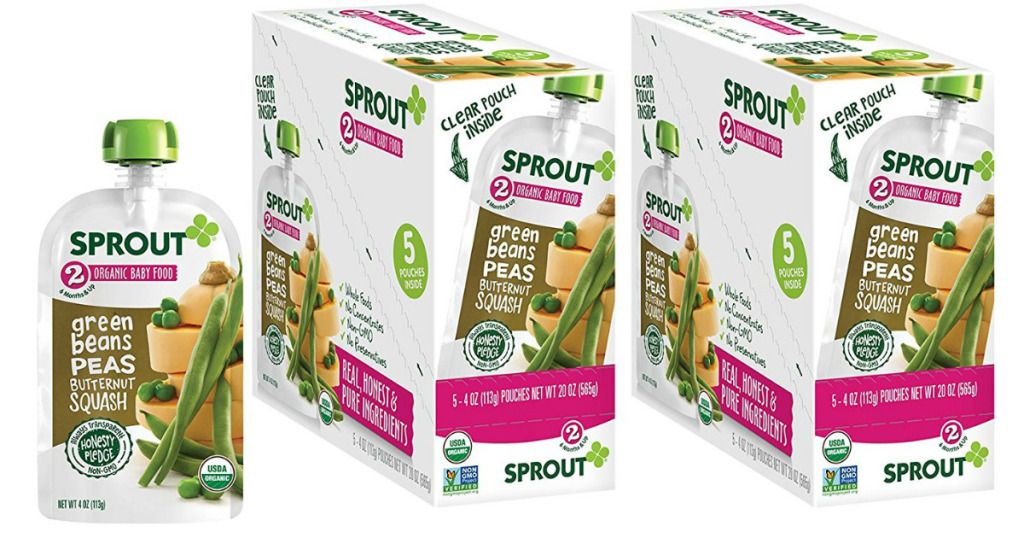
Along with the indicated products, this group includes canned food with a complex raw material composition - from vegetables, cereals and meat, and from vegetables, cereals and fish. The nutritional value of these canned foods is increased by combining several food groups - meat (fish), vegetables and cereals, complementing each other in terms of a set of nutrients.
The safety of canned fruits and vegetables is determined mainly by the safety of the raw materials and, above all, fruits and vegetables, as well as additional components.
4. Complementary foods based on meat
These include beef-based canned food, as well as pork, horse meat with the addition of offal, and poultry-based canned food. They are used in the nutrition of children from 7-8 months, and according to indications - at an earlier age.
The nutritional value of canned food is determined by the content of proteins with high biological value, fats, vitamins A, B, and iron.
5. Fish based complementary foods
Fish based complementary foods
These include canned fish for baby food. They are used from 8-9 months of a child's life 1-2 times a week.
The nutritional value of canned fish is determined by the presence of proteins with high biological value, fats (containing omega-3 fatty acids deficient in human nutrition), vitamins group B, iron, some trace elements.
6. Products for children of preschool and school age
These products are mainly intended for organized catering in the respective establishments. However, they can also be used at home.
The expediency of using these specialized products with increased biological and nutritional value for children and adolescents is due to the need to rationalize nutrition, eliminate the deficiency of a number of nutrients and, above all, mineral salts, incl. microelements, which takes place as a result of the current unfavorable socio-economic and environmental living conditions.
7. Products for medical nutrition of children
The nutritional value of products for clinical nutrition of children is determined by two criteria:
1. The most complete correspondence to the basic physiological needs of children in nutrients and energy. These requirements are common to foods intended for healthy and sick children and have been discussed in detail above in the section on foods for healthy children;
The most complete correspondence to the basic physiological needs of children in nutrients and energy. These requirements are common to foods intended for healthy and sick children and have been discussed in detail above in the section on foods for healthy children;
2. The effectiveness of the therapeutic action of products, which is determined either by elimination, or vice versa, enrichment of the product with certain nutrients, in accordance with their intended purpose and the nature of metabolic disorders in each specific disease or group of diseases.
In accordance with these criteria, among the indicators of the nutritional value of baby food products are the content of macro- and micronutrients, which, when using the product as the main source of nutrition (for example, products for premature babies, for children with food allergies), should meet the needs to the maximum extent. child.
For medicinal products whose composition is modified in accordance with the pathogenetic principle of diet therapy, the criterion may be the degree of elimination of a number of components (for example, the removal of lactose from products for children with malabsorption syndrome, the removal of allergens from products for children with food allergies, etc.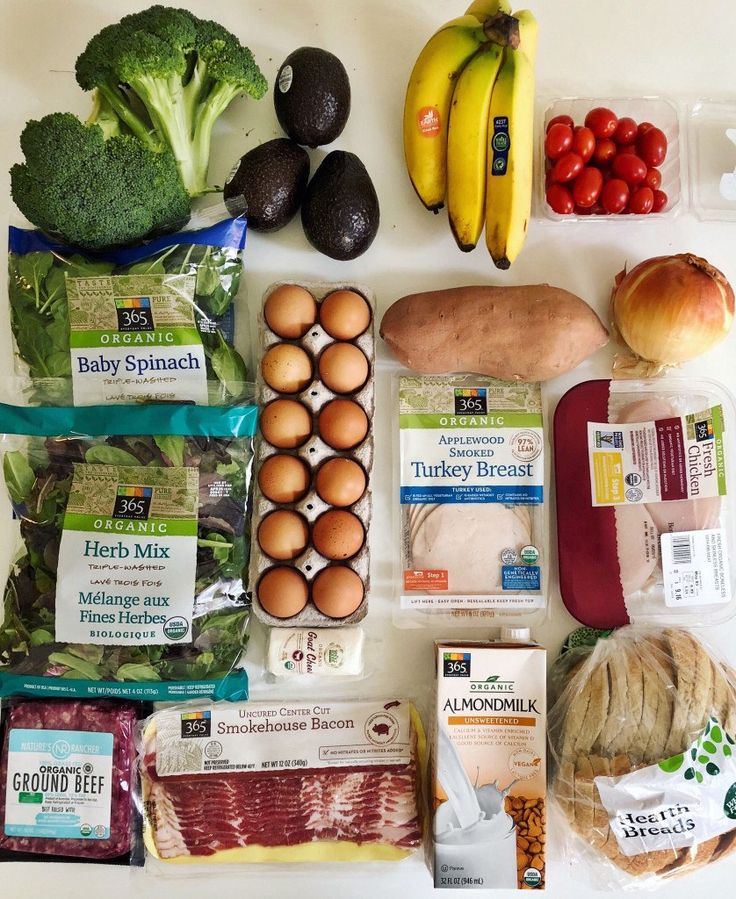 ).
).
Food prices in Russia and their changes for the year, data for March 2022
Specialists of the AB-Center Expert and Analytical Center for Agribusiness www.ab-centre.ru have prepared another global monthly marketing study of the Russian market of agricultural raw materials and food . Below are some excerpts from the study regarding retail food prices in Russia and their changes in March 2022 compared to March 2021.
Important! Global market research of agricultural raw materials and foodstuffs from AB-Center is published at the link Database of finished research. Global Research.
Food prices in Russia in March 2022, compared to March 2021, show a significant increase. AB-Center analyzed the dynamics of 121 products, none of them showed a decrease. At the same time, an increase in food prices by more than 25% is observed in 22 products, more than 10% - in 102 products.
It should be noted that inflation in the country for the year (if we compare March 2021 and March 2022), according to the inflation calculator on the level-inflation.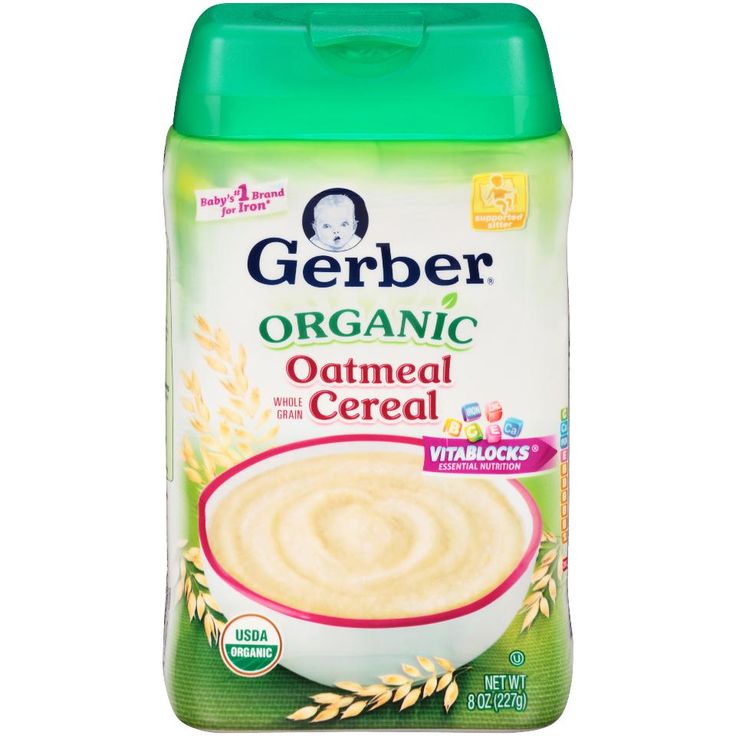 rf website, amounted to 17.47%. 60 goods out of 121 demonstrate price growth above the inflation rate. %), granulated sugar (+72.3%), table beetroot (+66.2%), garlic (+59.7%), onion (+51.0%), pears (+48.0% ), bananas (+47.7%), carrots (+46.1%), fresh tomatoes (+45.2%), potatoes (+44.0%) and buckwheat (+44.0%) .
rf website, amounted to 17.47%. 60 goods out of 121 demonstrate price growth above the inflation rate. %), granulated sugar (+72.3%), table beetroot (+66.2%), garlic (+59.7%), onion (+51.0%), pears (+48.0% ), bananas (+47.7%), carrots (+46.1%), fresh tomatoes (+45.2%), potatoes (+44.0%) and buckwheat (+44.0%) .
! The dynamics of retail food prices updated on a monthly and weekly basis is presented in the Online Statistics service.
Food products that show price growth above the inflation rate
In addition to goods of the first group, a significant price increase (by 17.47% and more) in the AB-Center is noted for dried fruits, frozen squid, peas and beans, beef liver , margarine, canned tomato, sweetened condensed milk, biscuits, chilled and frozen cut salmon fish, salted herring, vermicelli, muffins and rolls, pasta made from premium wheat flour, soft sweets, chocolate-glazed, oatmeal and pearl barley, rice polished, curd cheeses glazed with chocolate, table salt, wheat flour, Hercules oatmeal, butter, beef (except for boneless meat), oranges, mayonnaise, frozen vegetables, gingerbread, semolina, salted herring fillet, frozen berries, caramel, salted, marinated, smoked fish, chocolate candies natural and with additives, canned fish natural and with oil, culinary poultry products, processed cheeses, live and chilled fish, cream ice cream, boneless beef, salmon caviar, domestic, marshmallows and marshmallows, nuts, sour cream, natural coffee beans and ground, canned meat for baby food, grapes, whole drinking milk pasteurized 2.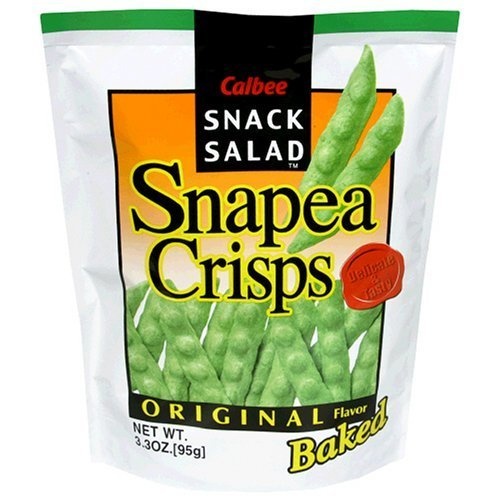 5-3.2% fat, long leaf black tea, canned fish in tomato sauce, piece bakery products made from premium flour.
5-3.2% fat, long leaf black tea, canned fish in tomato sauce, piece bakery products made from premium flour.
! The dynamics of retail food prices updated on a monthly and weekly basis is presented in the Online Statistics service.
! The dynamics of retail food prices updated on a monthly and weekly basis is presented in the Online Statistics service.
Food products whose price growth is below the inflation rate
Price growth below the inflation rate (less than 17.47%), according to AB-Center calculations, was noted for cakes, chicken legs, salted and smoked gourmet fish products, canned vegetables for baby food, hard and soft rennet cheeses, minced meat, canned fruits and berries for baby food, whole sterilized drinking milk 2.5-3.2% fat, fish fillet, lamb products, fermented milk products , national cheeses and feta cheese, green tea, natural instant coffee, fresh herbs, pork (except for boneless meat), canned meat, bread made from rye flour and from a mixture of rye and wheat flour, lemons, ketchup, dumplings, manti and ravioli, frozen shrimp whole, bagged black tea, carbonated drinks, bagged soups, yogurt, sausages and sausages, lamb (except boneless meat), chilled and frozen chickens, boneless pork, natural vegetables canned, marinated, semi-smoked and boiled-smoked sausage, cut frozen fish (except for salmon species), cocoa, fresh cucumbers, boiled sausage, turkey meat, olive oil, cereal flakes (breakfast cereals), fruit juices, dry milk mixes for children nutrition, jam, jam and marmalade, chocolate, black pepper (peas), domestic sparkling wine, grape table wine with a strength of up to 14% vol.





